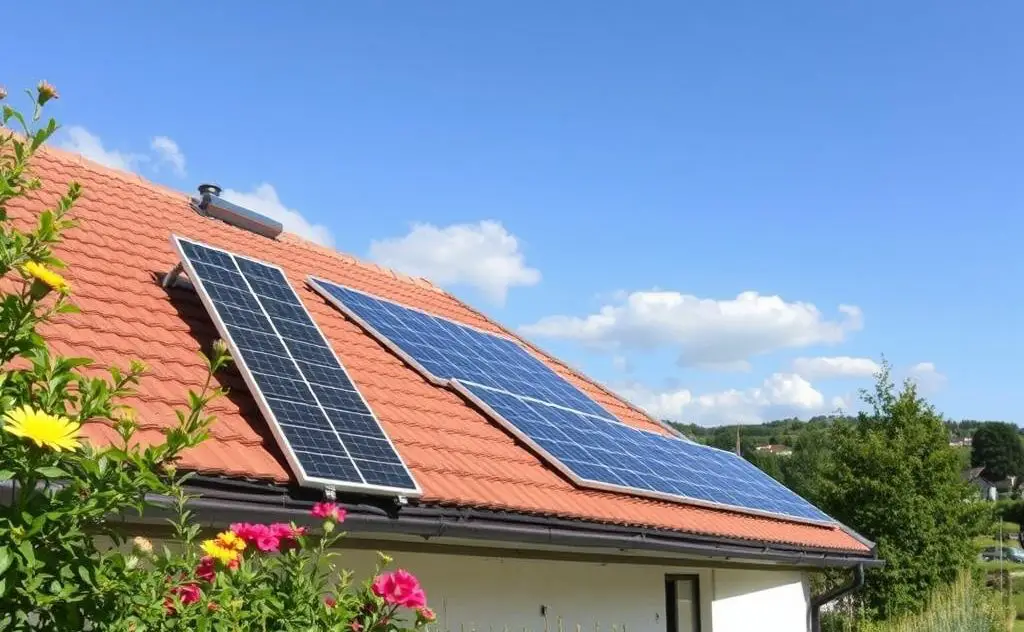A solar powered electric heater uses solar energy to generate heat for water or space heating, offering an eco-friendly and cost-effective heating solution.
Solar powered electric heaters offer an innovative way to heat your home while reducing energy costs and environmental impact. These systems harness sunlight to generate warmth, providing efficient heating without relying on traditional power sources.

How Solar Powered Electric Heaters Work
Solar electric heaters convert sunlight into usable heat through different technologies. The most common types include:
Solar Air Heating Systems
These systems use solar collectors to absorb thermal energy from sunlight. A fan circulates air through the collector, warming it before distributing it into your living space. Some models can be wall-mounted for optimal space heating.
Solar Water Heating Systems
Solar water heaters use collectors to heat water that circulates through radiators or underfloor heating systems. According to the U.S. Department of Energy, these systems can reduce water heating bills by 50-80%.
Photovoltaic-Powered Electric Heaters
These systems use solar panels to generate electricity that powers conventional electric heaters. They offer flexibility as the solar power can be stored in batteries for nighttime use.

Benefits of Solar Powered Heating
| Advantage | Description |
|---|---|
| Energy Savings | Reduce electricity bills by 30-50% |
| Eco-Friendly | Zero carbon emissions during operation |
| Low Maintenance | Few moving parts mean less wear |
| Government Incentives | Tax credits available in many areas |
Top Solar Heater Options
1. Solar Air Collectors
These systems work best for whole-house heating. The solar window heaters are particularly effective for small spaces.
2. Portable Solar Heaters
Ideal for supplemental heating, these units can be moved between rooms. Some models include battery storage for nighttime use.
3. Hybrid Solar-Electric Systems
These combine solar thermal collectors with electric backup elements, ensuring heat availability even on cloudy days.
Installation Considerations
Proper installation is crucial for optimal performance:
- South-facing placement (in Northern Hemisphere)
- 30-45° angle for maximum sun exposure
- Clear of shading from trees or buildings
- Proper insulation for heat retention
Maintenance Tips
Keep your solar heating system running efficiently:
- Clean solar panels monthly
- Check fluid levels in active systems
- Inspect seals and connections annually
- Monitor system performance regularly
Cost and Savings Analysis
While solar heaters have higher upfront costs ($2,000-$5,000), they offer significant long-term savings. According to SolarReviews, most systems pay for themselves in 5-10 years through energy savings.
Comparing Solar to Traditional Heaters
Solar heaters outperform conventional options in several ways:
- Lower operating costs (free solar energy vs. paid electricity/gas)
- Longer lifespan (20+ years vs. 10-15 for electric heaters)
- Better environmental impact (zero emissions vs. carbon footprint)
Future of Solar Heating Technology
Emerging innovations include:
- More efficient photovoltaic materials
- Improved thermal storage solutions
- Smart integration with home automation systems
- Hybrid systems combining multiple renewable sources
